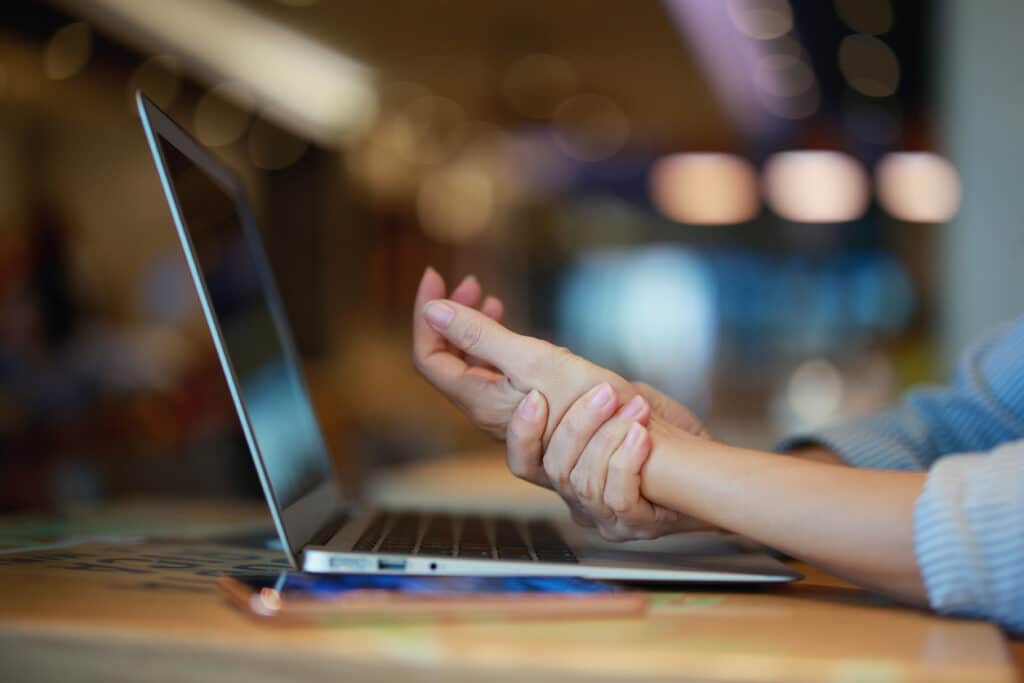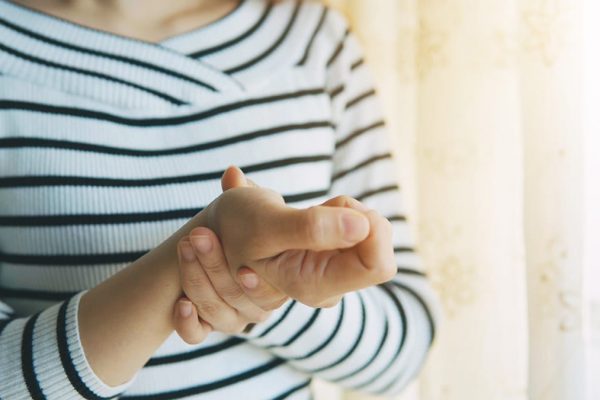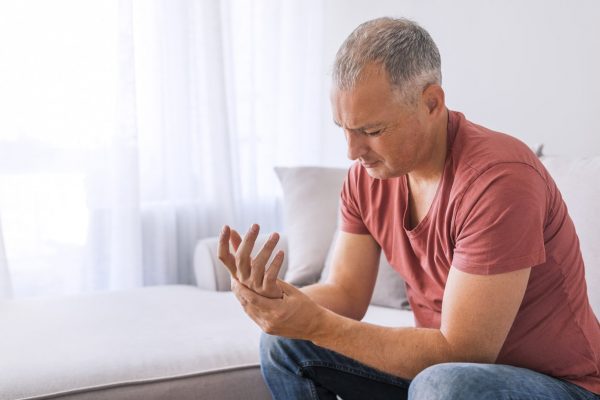
Thumb UCL (ulnar collateral ligament) sprains are a common yet particularly stubborn injury, often affecting athletes, manual laborers, and even those involved in everyday activities. The ulnar collateral ligament is a critical stabilizer of the thumb, enabling grip and pinch functions that are vital for numerous tasks. However, when this ligament is sprained or torn, recovery can be challenging and prolonged. Understanding why thumb UCL sprains are so hard to heal requires a look at the anatomy, biomechanics, and the role of comprehensive treatment plans like those offered by CARESPACE Health+Wellness.
Anatomy and Function of the Thumb UCL
The ulnar collateral ligament of the thumb is located on the inside of the thumb’s base, connecting the metacarpal bone to the proximal phalanx. This ligament provides essential support for the thumb, particularly during activities that involve gripping or pinching. The ligament prevents excessive sideways movement of the thumb joint, which is crucial for maintaining the hand’s functionality.
Common Causes of Thumb UCL Sprains
Thumb UCL sprains are often referred to as “skier’s thumb” or “gamekeeper’s thumb” due to the common mechanisms of injury:
– Skier’s Thumb: This occurs when the thumb is forcefully bent away from the hand, such as when a skier falls with their hand stuck in a ski pole strap.
– Gamekeeper’s Thumb: This term originated from repetitive stress injuries observed in gamekeepers who often used their thumbs in their work, leading to chronic weakening and injury of the ligament.
Challenges in Healing
Several factors contribute to the difficulty in healing thumb UCL sprains:
1. Constant Use: The thumb is involved in nearly all hand functions, from gripping objects to typing. This constant use can hinder the healing process by continually stressing the injured ligament.
2. Poor Blood Supply: Ligaments generally have a poorer blood supply compared to muscles, which can slow down the healing process. The thumb UCL is no exception, and the limited blood flow can result in a prolonged recovery period, making thumb UCL sprains serious.
3. Misdiagnosis and Delay in Treatment: Thumb UCL injuries can sometimes be mistaken for simple sprains or bruises, leading to delays in appropriate treatment. This delay can result in increased ligament laxity and a more complicated healing process.
4. Inadequate Immobilization: Proper immobilization is crucial for ligament healing. However, due to the thumb’s constant use, it is challenging to adequately immobilize the thumb without affecting daily activities. Inadequate immobilization can lead to incomplete healing and recurrent instability.
How CARESPACE Can Help
At CARESPACE Health+Wellness, we understand the complexities of thumb UCL sprains and the importance of a multidisciplinary approach to treatment. Our team of regulated health professionals, including physiotherapists and chiropractic doctors, collaborate to create personalized, evidence-based care plans that address both the symptoms and root causes of injuries.
Physiotherapy for Thumb UCL Sprains
Physiotherapists at CARESPACE play a pivotal role in the rehabilitation of thumb UCL injuries. They focus on:
– Assessment and Diagnosis: A thorough assessment helps in diagnosing the extent of the injury and developing a tailored treatment plan.
– Manual Treatment: Techniques such as joint mobilizations and soft tissue manipulation can help reduce pain and improve thumb mobility.
– Strengthening Exercises: Gradual strengthening exercises for the thumb and surrounding muscles help restore function and prevent future injuries.
– Education: Physiotherapists educate clients on how to protect their thumb during daily activities and exercises, promoting long-term recovery.
Chiropractic Care for Thumb UCL Sprains
Chiropractic doctors at CARESPACE complement the work of physiotherapists by focusing on the overall alignment and biomechanics of the hand and upper extremity. Their contributions include:
– Joint Adjustments: Gentle adjustments can improve the alignment of the thumb and hand, reducing strain on the injured ligament.
– Ergonomic Advice: Chiropractors provide ergonomic recommendations to minimize stress on the thumb during work and daily activities.
– Holistic Care: By addressing other musculoskeletal issues that may be contributing to or resulting from the thumb injury, chiropractors help ensure a comprehensive recovery.
Integrated Care at CARESPACE
The integrated approach at CARESPACE ensures that each client receives a coordinated plan of care that maximizes healing and functional recovery. Our multidisciplinary team works together to provide:
– Personalized Treatment Plans: Each plan is tailored to the individual’s specific needs and goals, ensuring that all aspects of the injury and recovery are addressed.
– Collaborative Care: Regular communication and collaboration between physiotherapists, chiropractors, and other practitioners ensure that the treatment is cohesive and effective.
– Long-Term Support: Beyond immediate treatment, CARESPACE offers long-term support to help clients maintain their progress and prevent future injuries.
Thumb UCL sprains are notoriously difficult to heal due to factors like constant use, poor blood supply, and the challenges of proper immobilization. However, with the right approach, recovery is possible. CARESPACE Health+Wellness offers a unique, integrative care model that combines the expertise of physiotherapists and chiropractic doctors to provide comprehensive, effective treatment. By addressing both the symptoms and root causes of thumb UCL injuries, we help our clients achieve fast, effective, and long-lasting results, enabling them to return to their daily activities with confidence. If you or someone you know is struggling with a thumb UCL sprain, contact CARESPACE today to learn more about how our multidisciplinary team can help you on your path to recovery so you don’t have to live with thumb UCL sprains.
Understand more about injury prevention and strengthening strategies in our thumb UCL sprains resource hub.




